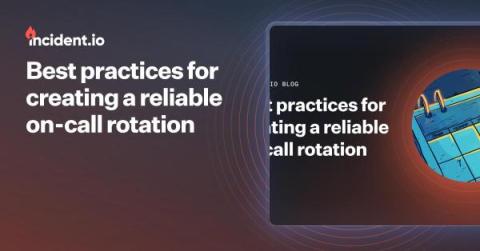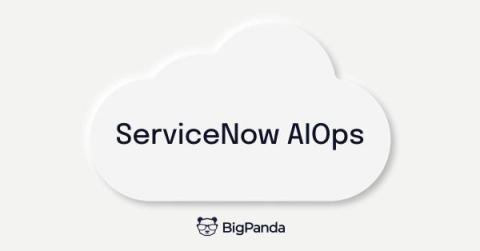Reduce Alert Fatigue and Improve Your Kubernetes Monitoring
Alert fatigue is a state of exhaustion caused by receiving too many alerts. This can happen when the alerts are not actionable, are irrelevant or too frequent. Misconfigurations or configurations with the wrong assumptions or that lack Service-level objectives (SLOs) can have a dual impact, leading to alert fatigue and, more alarmingly, the potential of overlooking critical alerts We spoke with more than 200 teams using Prometheus Alertmanager. Many face alert fatigue from trivial, nonactionable alerts.











